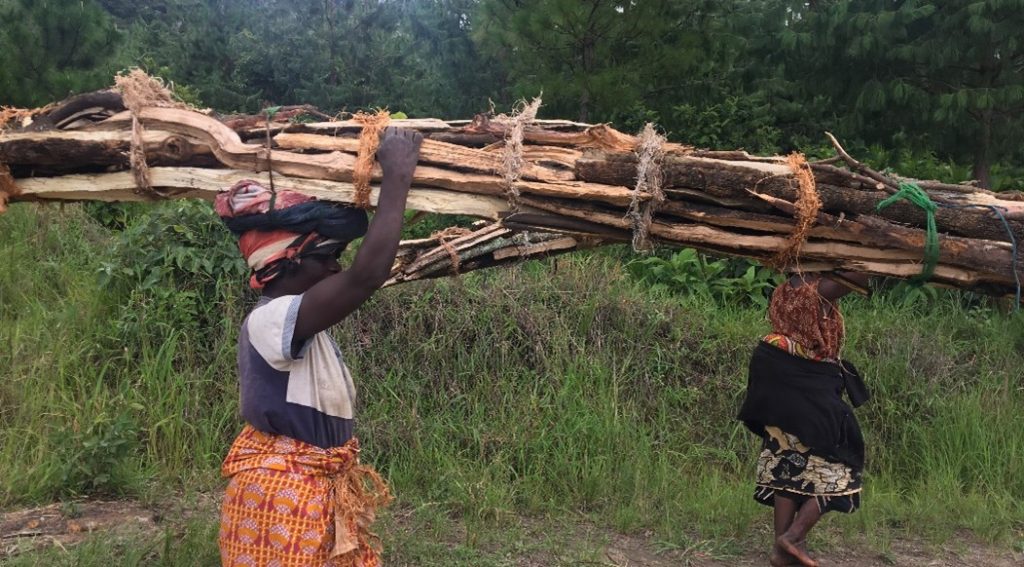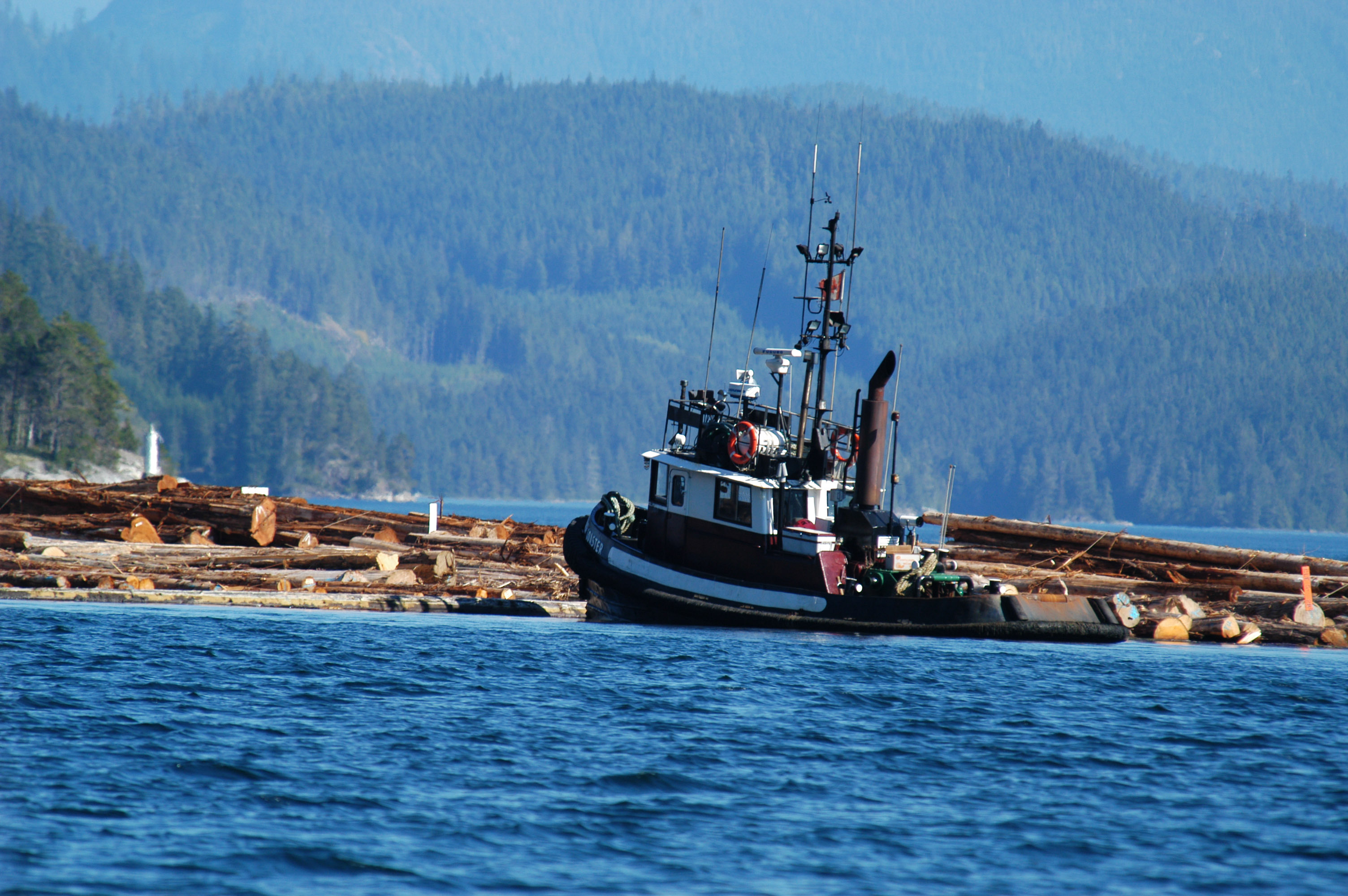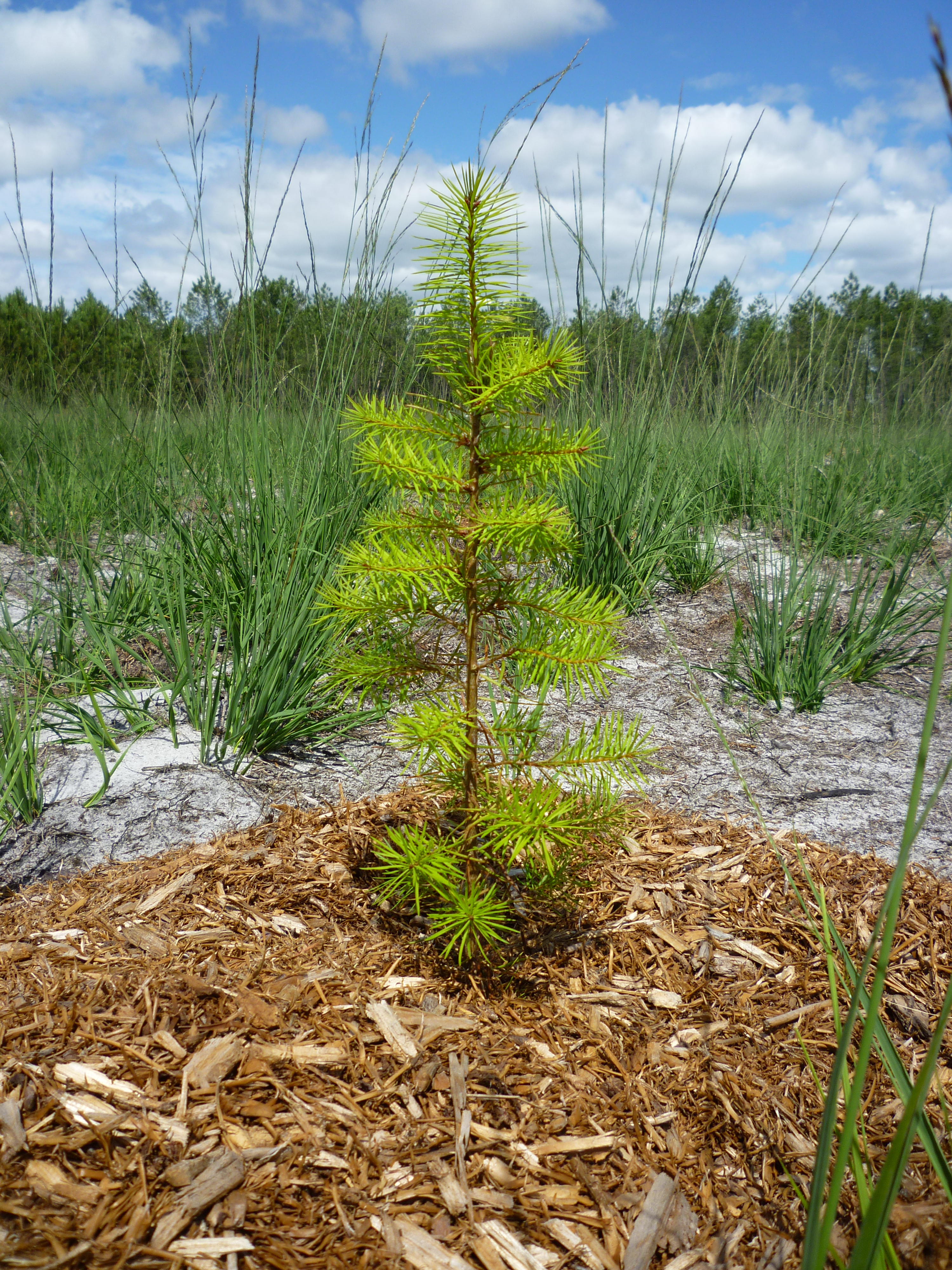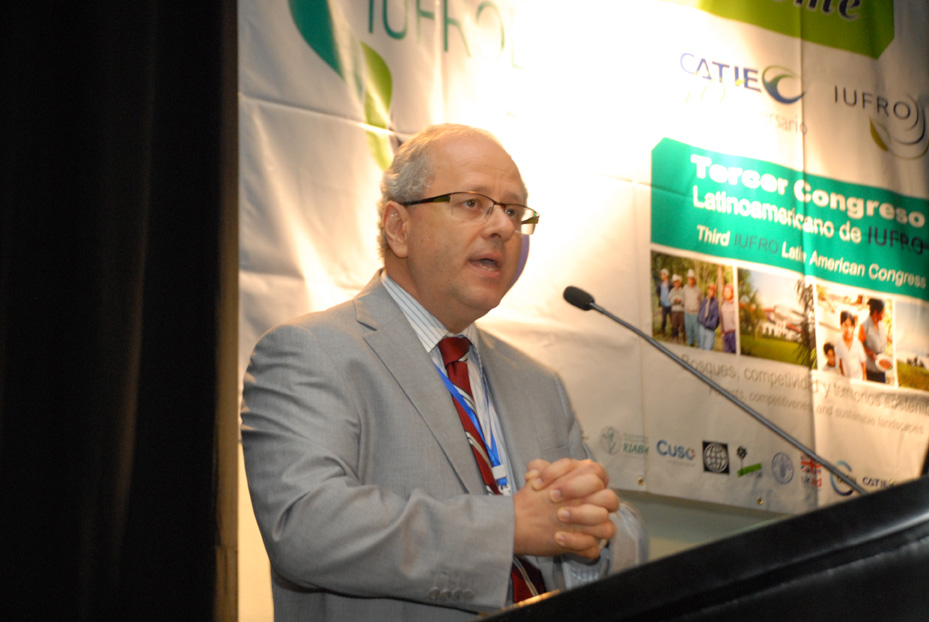International Day of Forests 2022: Forests, Trees and Poverty Alleviation in Africa
International Day of Forests 2022: Forests, Trees and Poverty Alleviation in Africa
By Dikshya Devkota, GFEP Project Manager, IUFRO
On the occasion of the International Day of Forests 2022, our member IUFRO presents its latest Policy Brief “Forests, Trees and Poverty Alleviation in Africa.” This brief aims to help decision-makers, stakeholders, and practitioners better understand the potential role of forests and trees in sustainable development in Africa.

Congress Spotlight #17 – Forest outlook: What does the future hold?
Forest outlook: What does the future hold?

Logs being moved by sea to a sawmill. Major changes in the patterns of demand for logs may result in them being processed in a different country to where they were harvested. (Photo by John Innes)
Forest researchers from around the world will gather at the IUFRO 24th World Congress in Salt Lake City this fall where one of the issues will be to address the future, and the related challenges, facing forests and forest management in the 21st century.
Providing a sort of scientific crystal ball to give glimpses into the years ahead and discuss how to meet and adapt to coming challenges will be a sub-plenary session at the congress entitled, appropriately enough, “The Future of Our Forests”.
Resources for the Future (http://www.iufro.org/science/task-forces/resources-for-future/), the IUFRO Task Force behind this session, has set out to examine four major game-changers – globalization, plantations, new products and forest ecosystem services – and what they mean, and will mean, for forests, forest research and forest-dependent communities.
Spotlight #15 – Planted forests’ roles: Different strokes for different oaks
Planted forests’ roles: Different strokes for different oaks
Planted forests are vital but vulnerable resources that can contribute in a sustainable fashion to some of humanity’s most pressing needs – poverty alleviation, food security, renewable energy, mitigation of and adaptation to climate change, and biodiversity conservation – as well as the preservation of natural forests.
These are among the findings in the recently published Summary Report of the 3rd International Congress on Planted Forests. It is based on outcomes from three scientific workshops and a plenary meeting that took place earlier this year.
Thirty-three countries have greater than 1 million hectares of planted forest area. Together these countries comprise 90% of the world’s 264 million hectares of planted forest which, in turn, equals almost 7% of the total global forest area. The report takes into account key research findings from Africa, Asia, Europe, Oceania, Latin America and North America related to vulnerability, viability and governance of planted forests.
IUFROLAT III Keynote Address Highlights: Peter Holmgren, CIFOR
 Peter Holmgren, Director-General of the Center for International Forestry Research, presented his Keynote Address, “Forestry in a landscape approach – developing evidence-based policies”, during the final day of sessions of IUFROLAT III.
Peter Holmgren, Director-General of the Center for International Forestry Research, presented his Keynote Address, “Forestry in a landscape approach – developing evidence-based policies”, during the final day of sessions of IUFROLAT III.
Holmgren, presented a series of questions, framing a way forward to position forestry alongside that of other land users to address multi-sector problems in a landscape approach.
In his first question, “what are the policies we need?” he defined what shapes many of the forest policies, not only in Latin America, also on a global scale. These included poverty reduction, nutrition and food security, climate change adaptation and mitigation, preservation of biological diversity, and achieving green growth and equity. He outlined how forestry is related to 9 out of 12 sustainable development goals, and we need to think about where forestry can play a role in policies being politically relevant and providing positive contributions.
He transitioned by asking, “how does forestry contribute?” and presented his thoughts on how forestry is portrayed on increasingly large level. Forestry has become an environmental issue and forestry related questions are often blurred with perceptions of forests on a whole. Topics such as REDD, illegal logging, etc have brought attention to forests, yet fundamentally, they are not forestry issues. Holmgren proclaimed, “We need to take forestry out of the forest”. He explained how the adoption of a broader definition of the role of forestry, and how it applies to address key issues across a landscape, could be employed.
Expanding on this thought, Holmgren asked the question, “how is a landscape approach different?” In answer, he identified a sustainable landscape framework that focuses on objectives such as; ensuring livelihood provision, sustaining ecosystem services, securing food and non-food products, mitigating pollution and achieving resource efficiency. To do so, we need to see landscapes as a large part of sustainable development, identify multiple objectives and acknowledge that there are beneficial synergies as well as trade-offs. We need to build our work to ensure that local stakeholders are in charge and help strengthen the role of sectors to support them building a holistic landscape.
In order to provide this support, we must incorporate evidence-based approach in our science and policy interface. He answered his final question, “what is different about an evidence-based approach?”, by introducing new models that identified the importance of satisfying demand by stakeholders for information with relevant, credible forest science research.
Holmgren closed with some take home messages:
- It is time to take forestry out of the forest,
- We need a landscape approach to deal with sustainable development challenges; and
- Our plans for the future must be evidence-based.
IUFROLAT III Keynote Address on 13 June 2013
Forests, Ecosystem Services and Poverty Alleviation: Charting a new research agenda
By Peter Dewees, Forest Advisor, World Bank
The Millennium Ecosystem Assessment defines ecosystem services as the benefits that people obtain from ecosystems. And ecosystem themselves are, speaking in economic terms, an asset, while their services would represent the flow of benefits. So paying for ecosystem services, once the benefits have been valued, has become a topic of interest especially with governments.
Ecosystem services are closely related to poverty alleviation, but it might be just a conventional wisdom to think that the deterioration of ecosystem services automatically leads to an aggravation of poverty. As a matter of fact, there is evidence that human wellbeing has been increasing while the environment and ecosystem services are declining. The Human Development Index illustrates this situation. So what are the underlying causes for this disconnect?
It might be that we are measuring the wrong things and disregard important factors, e.g. the time lag between the decline of ecosystems and the impact.
With regard to forests, global forest cover is declining and forest degradation is increasing for many reasons, yet in some rural landscapes tree numbers are growing. For the farmers, trees are important in many ways. In countries like Kenya, for example, they serve as field boundaries. Trees on farms can increase productivity and thus increase household incomes, they also help build resilience due to diversification of species. Trees on farms can build soil carbon.
So, incorporating trees in land management strategies is an important contribution to climate change mitigation. Consequently, what is really needed is to put in place policies to create incentives for better landscape management. Policies need to be informed by good data, and this is where research comes into the picture and the focus should be on fully recognizing the complexity of landscapes.
The data required should fulfil a set of criteria, of course. They need to be representative, suited for being aggregated, up-to-date, policy relevant and address the right questions.
In conclusion, Dewees particularly points out two research areas that should feature more prominently and deliver good data:
a) The role of household environment income with respect to productivity and consumption; risk and vulnerability; and equality;
b) Policy and public finance with regard to how to support farmer based adaptation and how to identify other points of entry such as social safety nets.
IUFROLAT III Keynote Address by Eduardo Mansur, FAO
Challenges and Opportunities for Sustainable Forest Management in a Changing Context
Wednesday, 12 June 2013
The first keynote speaker at IUFROLAT III was Eduardo Mansur, Director of FAO’s Forest Assessment, Management and Conservations Division. He talked about “Challenges and Opportunities for Sustainable Forest Management in a Changing Context”.
First, however, he conveyed greetings from Eduardo Rojas Briales, Assistant Director-General and Head of the Forestry Department, Food and Agriculture Organization of the United Nations, on whose behalf he was giving this presentation.
Mansur started by asking what the world should be like in 2050, when the world’s population is estimated to have exceeded 9 billion people.
Pressure on natural resources and the need for food will have increased tremendously by that time. He identified the following major challenges:
1) Food
2) Energy
3) Climate Change
In order to respond adequately to these, which are in fact closely interrelated, he explained various necessary approaches such as the landscape approach. He also underlined the big potential of restoration for improving the environmental situation without affecting food security.
In view of these challenges, the main objectives of FAO are:
1) Eradication of hunger
2) Elimination of poverty and strengthening of economic and social progress
3) Sustainable management of natural resources
Part of the response to these challenges is better governance of resources and more social participation. Integration and inter-sectorial approaches are key here. This is also especially true for forest research, which needs a more integrated approach.
Mansur explained concepts and tools that FAO has worked with so far and will continue to use in the future, such as the concept of sustainability, the forest resources assessment (FRA), criteria and indicators, etc.
In conclusion, he identified communication and social networks as a key tool to change people’s often blurred conceptions especially with regard to forest management. Science and research are essential here as they can provide the data and knowledge which will help to do away with erroneous perceptions and trade-offs between biodiversity and forest use, for example.



